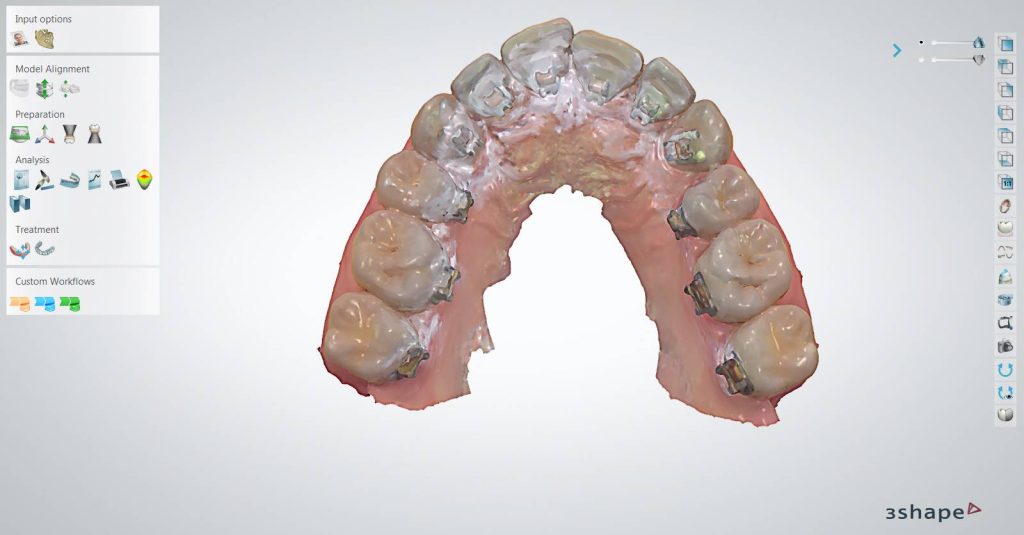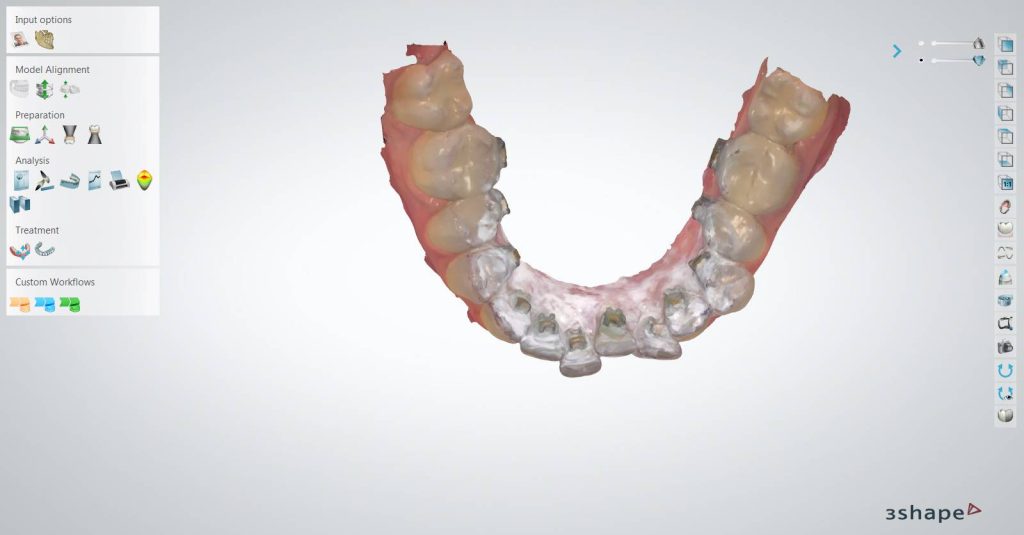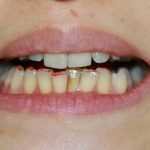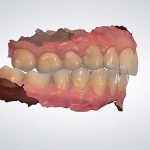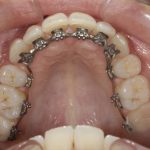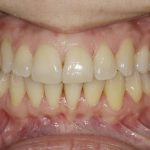Have you been advised to wear braces by your dentist, but you hate the look of wires going over your teeth? Get lingual braces!
Wondering what are they and how do they differ from traditional metal braces? Keep reading to get acquainted with this orthodontic appliance.
What are Lingual Braces?
Lingual braces may sound complex, but they are essentially the same as your conventional metal braces. What makes them different and a more aesthetic alternative is that they go behind your teeth instead of the front. Since that is the side where your tongue is located, they are called ‘lingual braces.’
Lingual braces are almost invisible, and hence, are sometimes also regarded as ‘invisible braces.’
Lingual braces are used to correct the same dental issues as their conventional counterparts. However, they may not be suitable for everyone. While only an orthodontist can tell if lingual braces are right for you, people with severe bite issues, such as deep overbite, generally do not make good candidates for them. Moreover, they aren’t suitable for children, as their smaller teeth can’t accommodate these metallic braces.
Are Lingual Braces Worth It? The Pros and Cons of Lingual Braces
Lingual braces tend to cost more than conventional metallic braces, as they are custom-made and require more meticulous work. This makes people question if they are worth spending upon. Let’s take a look at some of the major pros and cons of lingual braces to help you make the decision.
Benefits of Lingual Braces
- They are custom-made for every patient, ensuring a better fit and higher comfort. However, it’s important to note that there is an adjustment period with lingual braces too, where you may experience slight discomfort and speech issues.
- They are almost invisible, and hence, a more aesthetic option.
- Several research studies show that the customized nature of lingual braces can help shorten the treatment period.
- Like conventional metal braces, lingual braces are fixed, so you wouldn’t have to worry about removing and readjusting them.
Potential Drawbacks of Lingual Braces
- Not available at all dental clinics, as they require specialized training.
- The initial adjustment period may be longer than with the traditional braces.
- Lingual braces may cost more than other conventional types of braces.
The Sum Up
Lingual braces serve essentially the same purpose as conventional metal braces. However, what makes them a more appealing option for many is their placement, which makes them virtually invisible while speaking or chewing. When applied the right way, lingual braces have also been found to be more quick and effective. On the flip side, they may come at a higher cost and have a longer adjustment period, which most people do not mind knowing the benefits these advanced dental braces can offer. If these sound like a perfect option for you, get in touch with us to schedule an appointment with one of the best orthodontists in Turkey.



















































